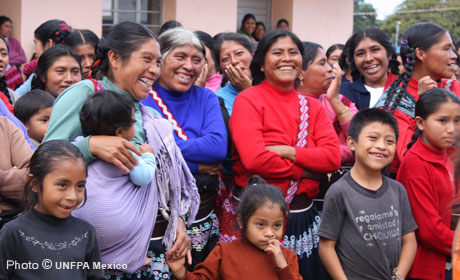Key humanitarian results 2021

Functional health facilities supported by UNFPA that provide Emergency Obstetric Care (EmOC)

Nombre d'espaces sécurisés

Personnel trained on clinical management of rape

Personnel trained on Minimum Initial Package (MISP)

